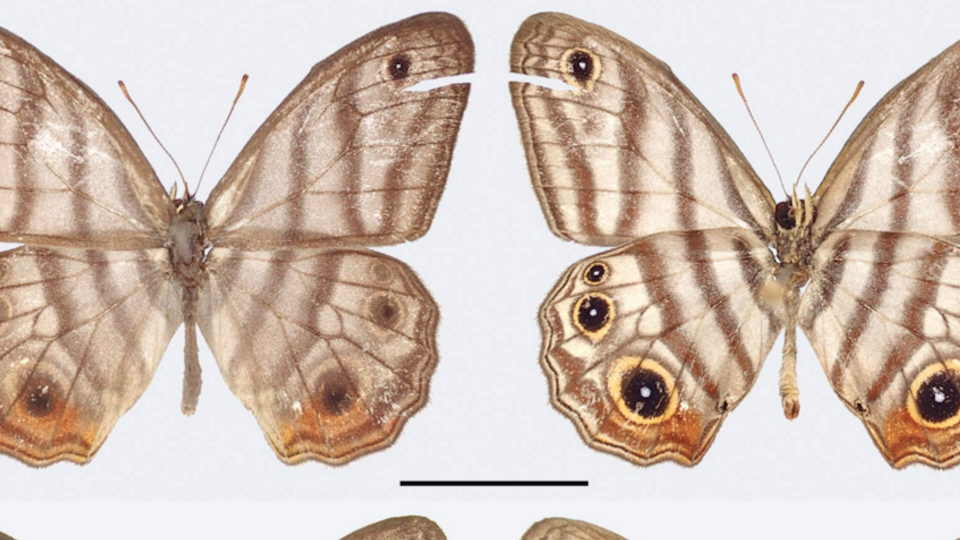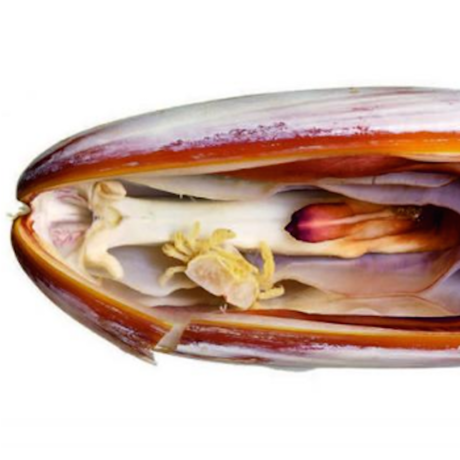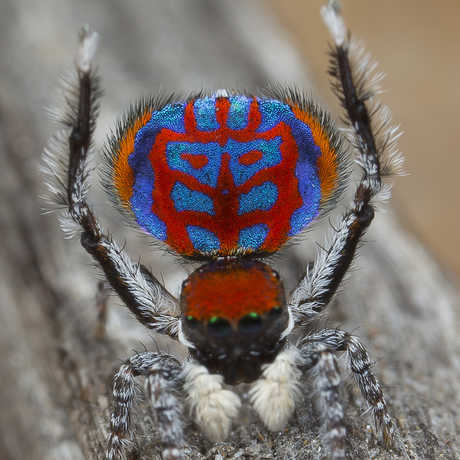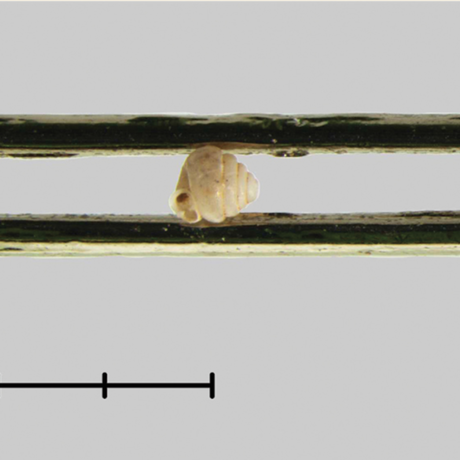Science News
New Discoveries: Sir Butterfly, Poisonous Toads, and Plant Bugs

New Discoveries is a collaboration between Stanford and Academy scientists and staff, appearing on the second and fourth Wednesdays of every month. Here we celebrate new species publications and demonstrate how much more there is to learn about life on Earth.
A Famous Butterfly
Sir David Attenborough is accustomed to having species named for him. There are plants, shrimp, spiders, ancient reptiles, and fish that bear his name, and now he can add a butterfly to that list. Best known for his several Life television series, Sir Attenborough is also a conservationist and president of Butterfly Conservation. So a newly-named rare Amazonian butterfly, Euptychia attenboroughi, must be a special treat. E. attenboroughi inhabits a 500-kilometer range within the lowland tropical forests of the upper Amazon basin in Venezuela, Colombia, and Brazil. Its unusual wing pattern caught scientists’ eyes and led them to believe they’d found a new species; DNA analysis confirmed the discovery and put the new Lepidoptera into the genus Euptychia. The honored butterfly was described last week in a study in Zookeys, along with another new species, E. sophiae.
New Poisonous Toads
Field work can be dangerous, from treacherous journeys to remote locations, to the risk of illness far from medical help. Scientists from the Federal University of Paraná in Brazil discovered three new species of poisonous Melanophryniscus toads and described them last week in PLoS ONE. The team realized they were handling poisonous animals when their fingers began to feel numb. The toads make their homes in the mountainous Atlantic forest in southern Brazil. They create a poison on their skin from the ants and mites they eat: poison strong enough to harm the toads’ predators (primarily snakes) but only finger-numbing for the scientists who made the discovery. These tiny toads lay their eggs in small pools of water that collect in plant leaves and crevices. As with other newly-described species we’ve written about here, the study’s authors are worried about the toads’ survival. They write, “The conservation status of these species is of particular concern, given that one of them is at risk of extinction not only due to its restricted habitat, but also because of anthropogenic disturbances.”
Plant Bugs
UC Riverside researchers combed through almost 800 insect specimens from the entomology collections of nine institutions from North America to Russia to Australia. Their diligent search uncovered four new plant bug species within a new genus from southwestern Australia. Previously either misidentified or mislabeled, the specimens are now correctly identified within the genus of Restiophylus. The genus is named for the family of plants that host the insects, Restionaceae, or restiads, and each of the insect species’ names corresponds with its preferred plant host. Discoveries can be made without the danger of fieldwork, too! This work may not have been as dangerous as the poisonous toad result, but exploration of natural history collections plays a critical role in scientific discovery—and takes a lot of hard work!
Image: Andrew Neild, Trustees of the Natural History Museum, London


